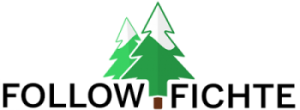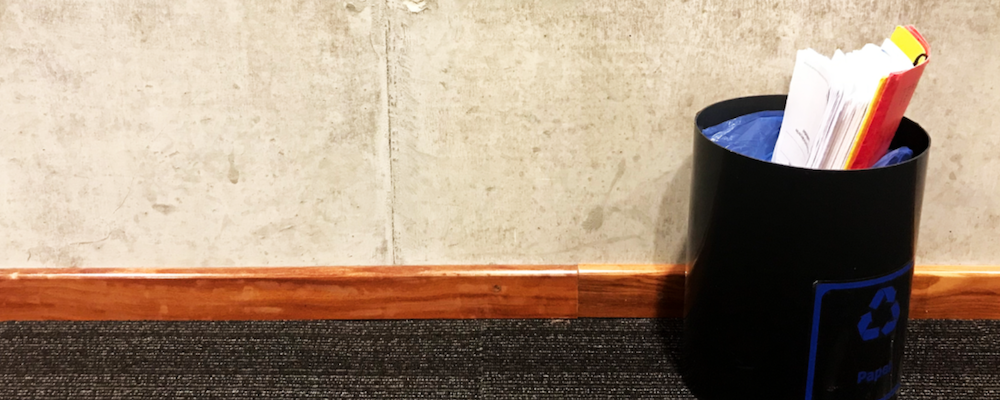Losing employment is never a pleasant experience and finding your next can turn out to be a daunting task – especially if you didn’t plan for it. There’s a vast amount of tips out there on ‘how to find your next gig’ or what to do in order to ‘prepare for potential job interviews’ while you’re job hunting – but I’d like to share some essential learnings from recent experience that could massively help you in case you find yourself laid-off unexpectedly: four things you should consider doing while you’re still happily and safely employed.
1: Document your work. Always.
When being interviewed for open job positions you will be confronted with questions about your past work, accomplishments, projects, successes, and struggles many times. At some point you will have to present work examples in some form, a portfolio, or share specific stories and situations. And trust me – it can be very challenging to restore these just from memory, especially when you’ve been working at one place for a while and then lose access to all and any of your notes, folders, documents, and files in an instant. Believe it or not, this happens. To avoid being left alone with your memory, create your own record of working history along the way.
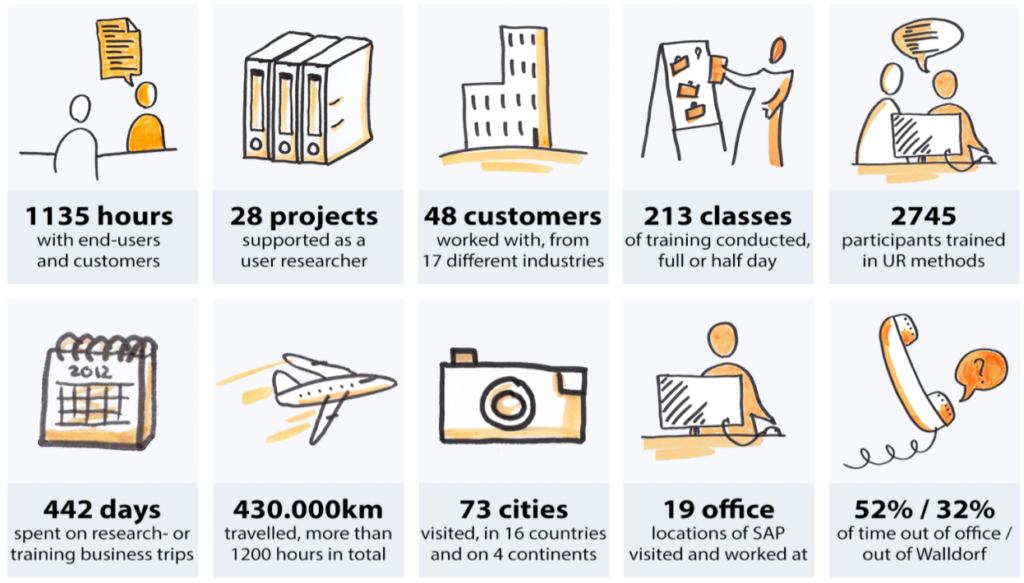
First, start with documenting what I’d call metadata around the work you are and have been doing:
- How many and what kind of projects you worked on, what role and responsibilities you had, who you worked with, which methods you used, what types of end-users* you focussed on, how many user* interactions you engaged in, etc. (*substitute ‘user’ with ‘customer’ or ‘client’ or ‘stakeholder’ or ‘participant’ or whatever describes your professional audience best)
- Any formal training you received, what you learned, how this influenced your work.
- The conferences you visited as a participant or speaker, what you learned or talked about.
- Product areas you’ve been responsible for in your role.
- Workshops you conducted, initiatives you started.
The picture above and graphs below are examples of how I cumulated my work metadata over time by just once in a while noting down what I did when and where. It helped me to appreciate my own work, to identify progress, to remember anecdotes and situations, to have performance discussions with leads. And to create a work portfolio.

When it comes to specific work examples, you always need to make sure that you don’t violate intellectual property regulations. Remember that in most cases, as per contract and IP agreement, all work results you produce belong to your employer, even after employment has been terminated. Don’t just copy your training materials, research reports, project slide decks or any other internal information to your private laptop, since this most likely will be against company policies. Instead, carefully think about how you can legally document your work in a way that won’t conflict with existing agreements but still can benefit your future job search. And even if you’ll never have to search for a job – it’ll also help you reflect on your own work’s impact and will be very useful in feedback and salary discussions with your boss.
Here are some tips:
- Document publicly available information about projects or product developments you’ve been part of.
- Develop a common practice to regularly create articles, conference workshops or presentations etc. about your work that get clearance from your employer and from then on can count as public information.
- Create copies of your work examples (i.e., research reports, workshop agendas, slide decks etc.) with any proprietary or confidential data deleted and ask for written approval to use these for personal purposes (i.e., your portfolio).
- For each and every project or bigger initiative you’re working on, personally reflect and note down what challenges you faced, how you approached and overcame them, what objectives you aimed for, what decisions you made, and how your work impacted people or processes or products. If anything, this is what you always should think about. Objectives, processes, challenges, solutions, decisions, justification, and impact.
Best practice: Create a personal spreadsheet which you update with above mentioned information after each major project, or at the end of each month. Collect your work-related metadata, and cross-reference to additional files or slide decks or web resources that you’re allowed to use and store privately. A spreadsheet with all the raw data serves as an awesome starting point when you want to create a tailored portfolio presentation in preparation for a job interview.
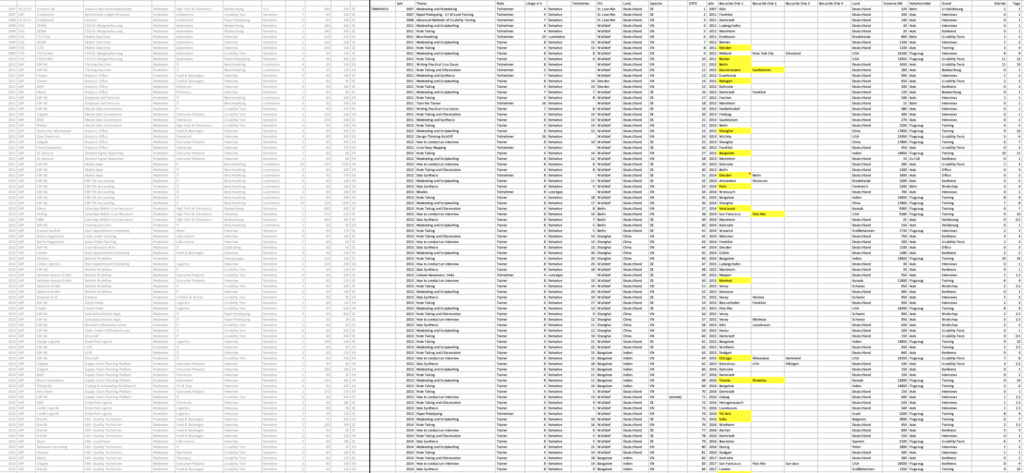
Bonus tip: Depending on the work you do, develop a regular habit to take photographs that you can use in slide decks and presentations along your professional career. Almost like a private little corporate stock photo collection. Pictures of piles of sticky notes, scribbles, sketches, photographs of office buildings, signs, situations, that to some extend relate to the work you do (and, of course, without showing sensible, personal, internal, classified, or proprietary information). Using your own photographs in portfolio slide decks and other job interview presentation documents increases their personal touch and your ability to remember and emotionally connect to specific work situations in the past. Oh, and even better if you’re in some of these pictures yourself, too.
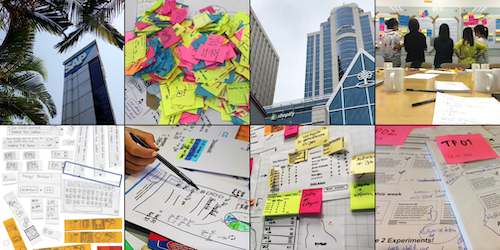
2: Ask for endorsements
Potential employers may ask you to provide a couple of personal references to hear from former colleagues or managers about what kind of an employee you were and will be. You may also come across interview questions like “What would your last manager tell me about you?” oder “What are some misconceptions your co-workers have about you?”. So while it’s generally a good practice anyway to regularly ask others for feedback about your work and behaviour, it can be just as important to organize properly so you have it handy when needed most.
- Ask co-workers, leads, or customers for a qualitative endorsement on LinkedIn. Identify a few individuals you worked with very closely and successfully and ask them to provide a paragraph or two about what you worked on and how you collaborated.
- Keep noting down for yourself with whom you worked with over time, what their roles were, and how you shared information.
- Regularly keep in contact with some of your former colleagues. They may not only be willing to act as a reference, but even may help you find a new position in their own current company. Make sure you’re connected on LinkedIn.
- Ask your colleagues what they think you’re good at, what they appreciate about your work, and what they’d like you to improve.
- If you run training classes or workshops yourself, collect anonymous feedback from your participants and keep it for your own references.
3: Remember your networks
A bit of a no-brainer, especially if you’re reading this on LinkedIn. Nonetheless, this platform can be such a gold mine! Maintain your list of contacts purposefully. Personally, I prefer to only have individuals in this list that I in some form had contact with beforehand, some kind of intentional interaction. I randomly browse through my list of contacts once in a while just to see if I still remember when or how I met someone, or why this person is part of this list. I’d rather have a list of 500 contacts that I remember and would feel comfortable to contact at some point, than having a list of 3000 random folks. Unfortunately, LinkedIn doesn’t provide a tagging feature yet, which would make organizing your contacts so much more useful.
While I’m not using LinkedIn all too extensively, I do at least visit a couple times per week, comment on articles, post updates once in a while, congratulate contacts for promotions or new jobs, read articles, and reach out to former colleagues. I check out conference speakers and participants and sometimes connect. Being visible in your bubble of contacts can potentially help you once you’re looking for a new job opportunity. Some of my most promising leads were initiated by existing LinkedIn contacts!
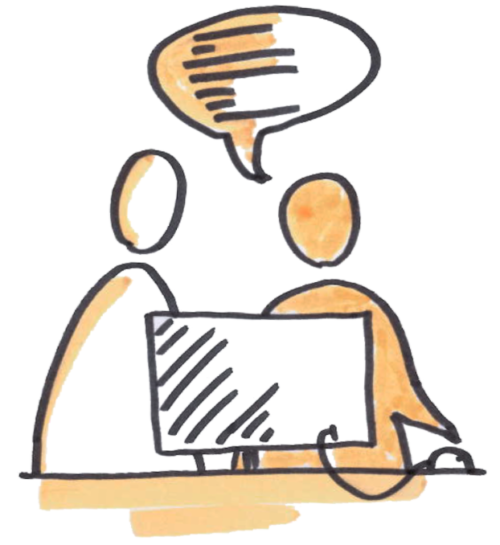
Another way to leverage your professional networks is to review job postings and every now and then even reach out or apply. Don’t consider this as being unloyal to your current employer – rather see it as a way to reality-check your own work’s market value, to feel the pulse of the job market, and even to regain new motivation for what you’re already doing! At times when your long-term job may seem dull, it can really be inspiring to chat with managers or peers from other companies to share experiences and anecdotes.
Lastly, maintain your professional network and keep it up to date. Add some beef to the positions you had in the past, describe your tasks and responsibilities and learnings. Your profile page is not only your digital business card, but also a freely available resume that can potentially attract headhunters. It may get annoying at times to be contacted by recruiters and agencies too often, but it’s always easier to let them know that at the moment you’re not searching (and yet, welcoming them to stay in contact), than trying to reach out when you really have to (plus, LinkedIn lets you set your status to “open to work” that will only be visible to recruiters).
4: Reflect on what you do
One of the most regular questions I was asked during all of my interviews was “What do you expect from your next job?” Easy question, but potentially not as easy to answer if you never really thought about it. The longer you work in one job, the more you may tend to stop thinking about whether or not this is actually what you really want to do. It can come handy, not only for your future job search, to actively reflect once or twice a year for yourself about your current employment and expectations for the future. Some questions to ask yourself:
- What do you really like about your current job? What annoys you?
- What are you really good at? What would you like to be better at?
- In what kind of work environment do you thrive the most?
- What new things did you learn during the past six months?
- What do your colleagues appreciate the most about your work?
- What types of challenges do you value and which do you avoid?
Embracing the three previously mentioned habits (document, ask for endorsements, and network) will also greatly help you to reflect.
One more thing
Plenty of you are probably doing some or all of what I described above already, and maybe even additional things. I used to create a very common practice of documenting my work a many years back and got pretty efficient. There’s one thing, though, you need to keep in mind – collect your data in a place and format that’ll be accessible to you outside your work’s infrastructure. And just to repeat myself: if in doubt, review your IP agreements and ask for permission.
Ähnliche Beiträge:
Scoring your next UX research job
10 Gründe warum man für SAP arbeiten sollte - und 1, warum ich dennoch aufgehört habe
